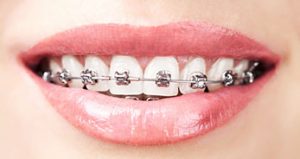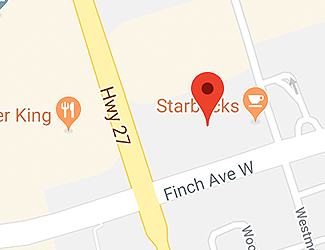
Braces
Braces fall under orthodontics – a branch of dentistry that is concerned with fixing the alignment of the teeth and jaws. Braces are the most widely used procedures in orthodontics because it is the most effective. They are a system of brackets and wires that are used to correct the alignment of teeth and jaws. Brackets are attached to the teeth and are also connected to the arch wires. These wires act as guides that gradually move the teeth to the desired position.
Aside from correcting misaligned teeth, braces are also used to correct overbites, spacing and overcrowding problems. There are some complex cases wherein adjustments need to be made to the jaw and require for braces to be attached to a headgear, but typically simpler methods work well.
Benefits of Wearing Braces
Most people opt to get braces for aesthetic purposes. They make your smile look better and thus making a person look more attractive. However, braces offer other benefits aside from making your teeth nicer.
Braces correct your bite and will also positively affect the way you chew, bite and speak. Straighter teeth also improve your overall dental health because they are easier to clean. Braces can also alleviate teeth grinding and in some cases, headaches, neck and back pains caused by misaligned teeth and jaws.
Other Types of Braces
Aside from traditional braces, other types of braces have also been developed. One of them is braces that use ceramic brackets. These mimic the color of your teeth and are less conspicuous than metal braces.
Another type of braces is clear braces or clear aligners. The pioneer and most popular type is the Invisalign®. They are made out of BPA-free and smooth plastic that look and are used like a mouth guard. Other clear braces are made out of mono-crystalline sapphire and have arch wires for attachment.
One of the newest types of braces uses Damon brackets, which were named after their inventor, Damon Dwight. The wires are allowed to move back and forth in this type of bracket, causing less discomfort to the patient. This also reportedly decreases the length of treatment time.
Maintenance Care for Braces
After installing the braces, regular visits to your doctor, usually spaced one month apart, will be required. These visits will allow the doctor to check on your progress and make constant adjustments to the braces. The braces need to be constantly adjusted to make sure that there are enough tension and pressure on the teeth to push them to the right position. Each adjustment session may cause pain and discomfort for a few days. With regular visits to the doctor for adjustments, your teeth will move faster and will also be a factor as to how long you will be wearing the braces.
Regular brushing and flossing are also important when wearing braces. They should be done meticulously because food particles can get stuck in the braces and may cause bad breath, cavities and other dental problems.
After the braces are taken off, you will be required to use retainers to maintain the desired tooth positions. For the first six months, these have to be worn all the time. After that, they can be worn only during sleep.
Treatment Time
Treament time typically depends on the type of orthodontic treatment provided and the complexity of the case itself. Contact us today for your consultation.







